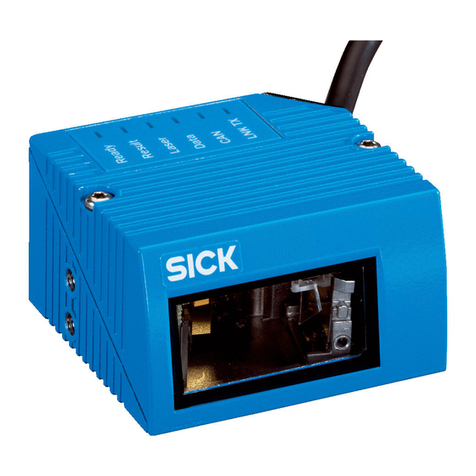Opticon 25-WEDGE-06 User manual
Other Opticon Barcode Reader manuals
Opticon
Opticon OPN2002 User manual
Opticon
Opticon NLV 2001 User manual
Opticon
Opticon RS-2006 User manual
Opticon
Opticon OPN2002 Instructions for use
Opticon
Opticon OPI-2101 User manual
Opticon
Opticon 25-WEDGE-04 User manual
Opticon
Opticon CRD972X User manual
Opticon
Opticon RFI3793B User manual
Opticon
Opticon OPR3301 User manual
Opticon
Opticon NFT 1125 Series User manual
Opticon
Opticon OPN-2006 BLUETOOTH Programming manual
Opticon
Opticon OPL 972 Series User manual
Opticon
Opticon RS232 User manual
Opticon
Opticon UNIVERSAL MENU BOOK Installation instructions
Opticon
Opticon OPL 7836 User manual
Opticon
Opticon NLB 9625 User manual
Opticon
Opticon OPN2005 User manual
Opticon
Opticon 25-USBQSTART-01 User manual
Opticon
Opticon C 37 User manual
Opticon
Opticon LH2 User manual



























